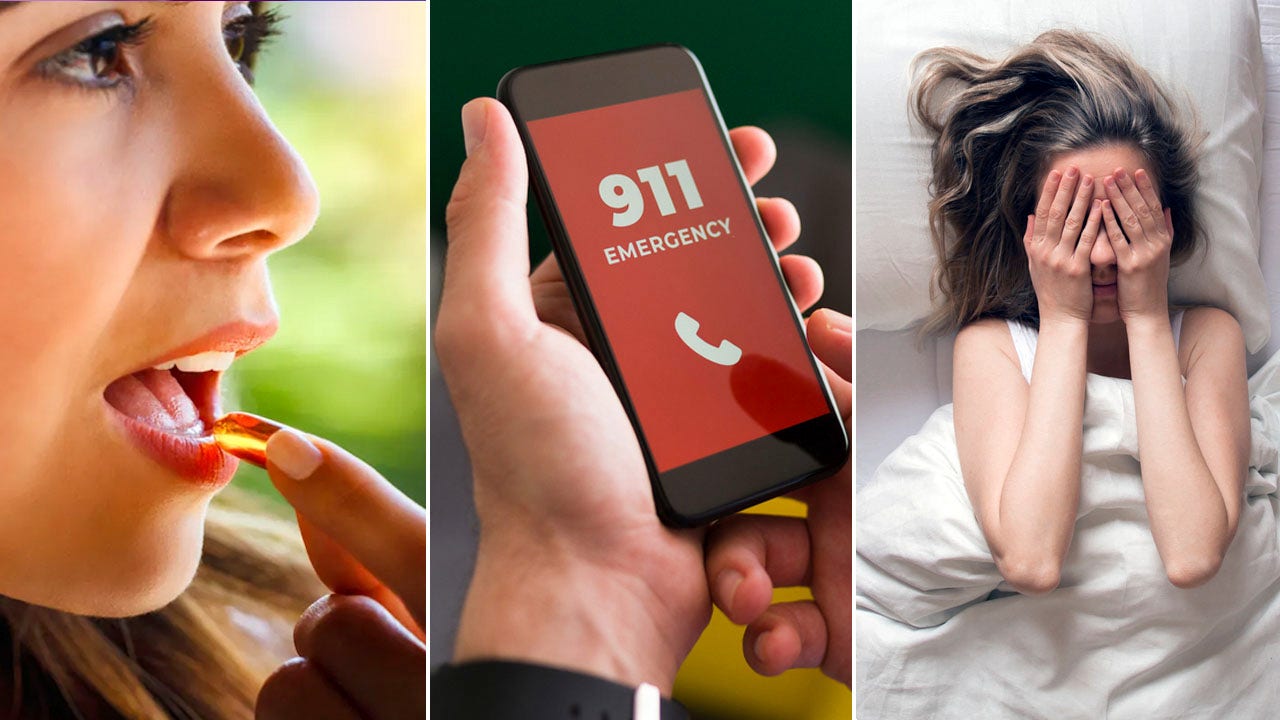Some Context: A frightening trend examined more closely.
Researchers at Virginia Commonwealth University and Children’s Hospital of Richmond had previously revealed that mortality rates among children and adolescents had risen by 18 percent between 2019 and 2021. Deaths related to injuries had grown so dramatically that they eclipsed all public health gains.
The group, seeking to drill deeper into the worrying trend, obtained death certificate data from the Centers for Disease Control and Prevention’s public WONDER database and stratified it by race, ethnicity and cause for children ages 1 to 19. They found that Black and American Indian/Alaska Native children were not only dying at significantly higher rates than white children but that the disparities — which had been improving until 2013 — were widening.
The data also revealed that while the mortality rates for children overall took a turn for the worse around 2020, the rates for Black, Native American and Hispanic children had begun increasing much earlier, around 2014.
Between 2014 and 2020, the death rates for Black children and teenagers rose by about 37 percent, and for Native American youths by about by about 22 percent — compared with less than 5 percent for white youths.
“We knew we would find disparities, but certainly not this large,” said Dr. Steven Woolf, a professor of family medicine at the V.C.U. School of Medicine, who worked on the research. “We were shocked.”
The Numbers: Injuries — particularly from guns — are driving the disparities.
The racial and ethnic disparities were most drastic when injuries were isolated from other causes of death. For example, Black children died by homicide at 10 times the rate of white children between 2016 and 2020. When the study’s lead author, Dr. Elizabeth Wolf, an associate professor of pediatrics at the V.C.U. School of Medicine, compared accidents with intentional injuries, the sobering realities of the mental health crisis came into focus.
Native American children died by suicide at more than twice the rate of white children, whose rate was already high.
“As a pediatrician, that really took my breath away,” she said.
Gun-related deaths, including accidents, homicides and suicides, were two to four times as high among Black and Native American youths than among white youths, and the risk of dying from a gun-related injury more than doubled among Black and Native American youths between 2013 and 2020.
The researchers also drew attention to disparities in other causes of death: Native American children died from pneumonia and the flu at three times the rate of white children, for example, and Black children died from asthma at almost eight times the rate of white children.
What Happens Next: Deeper research — and policy changes.
This particular study did not examine all of the variables that contribute to the causes of childhood illness, injury and death. Dr. Wolf said she hoped the paper would serve as a “wake-up call” and galvanize researchers to scrutinize the underlying factors.
Understanding the reasons for the increase in car accident deaths, for example, could determine whether redesigned intersections or targeted seatbelt campaigns would be the most effective intervention for a specific group.
For other childhood deaths, access to care is a likely factor, given that Black children with circulatory diseases are less likely to be referred for transplants and less likely to have a successful procedure compared to white children. Asthma-related disease and death are likely to be affected by access to interventions such as inhalers, as well as socioeconomic and environmental factors like air pollution.
At the same time, Dr. Woolf said, policymakers should not “wait for more research to identify the obvious next steps,” including mental health support for children and stricter gun laws. The public perception of gun violence among children is often focused on school shootings, he said, but statistically speaking, “the vast majority occur in communities across our country — day by day, one by one.”






